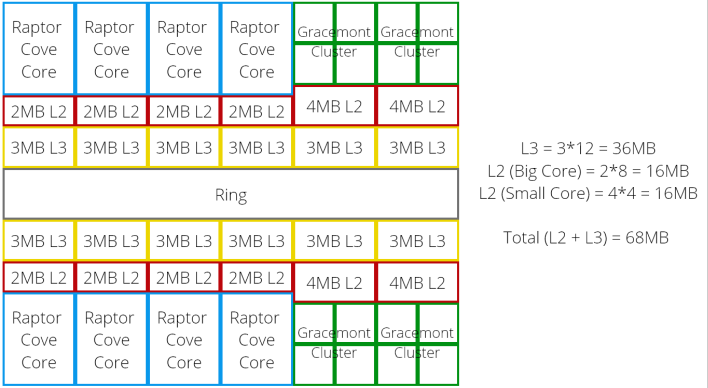New platform vs a refresh. I don't know if it means anything in terms of performance but I'd be disappointed if Zen 4 wasn't a decent bump above Raptor Lake, we will see.
Yeah exactly. It it doesn't beat Raptor Lake comfortably across the board, it will be a huge letdown, especially since AMD will be so late to the party with PCI-Ev5/DDR5.
If it is at least 15% faster than Raptor Lake in the majority of games, I'll be buying a Zen4 on release, assuming it's stable and reliable.




